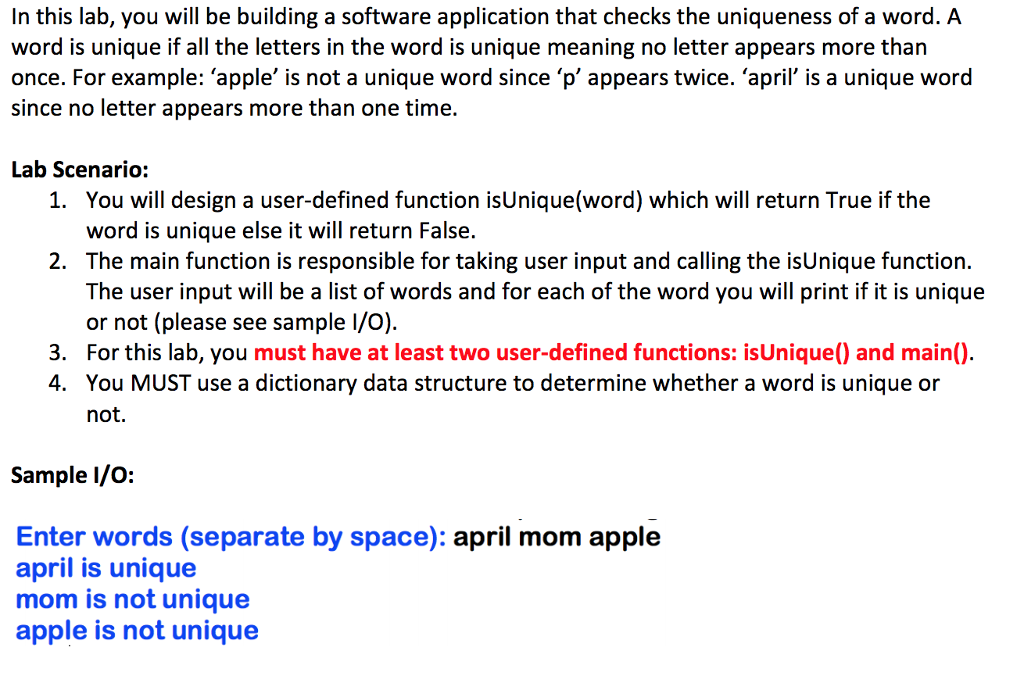

It monitors the implementation of the rulings and recommendations, and has the power to authorize retaliation when a country does not comply with a ruling.įirst stage: consultation (up to 60 days). The Dispute Settlement Body has the sole authority to establish “panels” of experts to consider the case, and to accept or reject the panels’ findings or the results of an appeal. Settling disputes is the responsibility of the Dispute Settlement Body (the General Council in another guise), which consists of all WTO members. Theįirst stage is therefore consultations between the governments concerned,Īnd even when the case has progressed to other stages, consultation To discuss their problems and settle the dispute by themselves. any country wanting to block a ruling has to persuade all other WTO members (including its adversary in the case) to share its view.Īlthough much of the procedure does resembleĪ court or tribunal, the preferred solution is for the countries concerned

Now, rulings are automatically adopted unless there is a consensus to reject a ruling Under the previous GATT procedure, rulings could only be adopted by consensus, meaning that a single objection could block the ruling. The Uruguay Round agreement also made it impossible for the country losing a case to block the adoption of the ruling. if perishable goods are involved), it is accelerated as much as possible. The agreed time limits are flexible, and if the case is considered urgent (e.g.
UNIQUE MEANING FULL
If a case runs its full course to a first ruling, it should not normally take more than about one year It sets out in considerable detail the procedures and the timetable to be followed in resolving disputes. The agreement emphasizes that prompt settlement is essential if the WTO is to function effectively. It introduced greater discipline for the length of time a case should take to be settled, with flexible deadlines set in various stages of the procedure. The Uruguay Round agreement introduced a more structured process with more clearly defined stages in the procedure. A third group of countries can declare that they have an interest in the case and enjoy some rights.Ī procedure for settling disputes existed under the old GATT, but it had no fixed timetables, rulings were easier to block, and many cases dragged on for a long time inconclusively. That means abiding by the agreed procedures, and respecting judgements.Ī dispute arises when one country adopts a trade policy measure or takes some action that one or more fellow-WTO members considers to be breaking the WTO agreements, or to be a failure to live up to obligations. WTO members have agreed that if they believe fellow-members are violating trade rules, they will use the multilateral system of settling disputes instead of taking action unilaterally. Most of the rest have either been notified as settled “out of court” or remain in a prolonged consultation phaseīack to top Principles: equitable, fast, effective, mutuallyĭisputes in the WTO are essentially about broken promises. January 2008, only about 136 of the nearly 369 cases had reached the full panel process. The priority is to settle disputes, through consultations if possible. However, the point is not to pass judgement. Appeals based on points of law are possible. First rulings are made by a panel and endorsed (or rejected) by the WTO’s full membership. The system is based on clearly-defined rules, with timetables for completing a case. The WTO’s procedure underscores the rule of law, and it makes the trading system more secure and predictable. Without a means of settling disputes, the rules-based system would be less effective because the rules could not be enforced. UNDERSTANDING THE WTO: SETTLING DISPUTES A unique contributionĭispute settlement is the central pillar of the multilateral trading system, and the WTO’s unique contribution to the stability of the global economy.


 0 kommentar(er)
0 kommentar(er)
